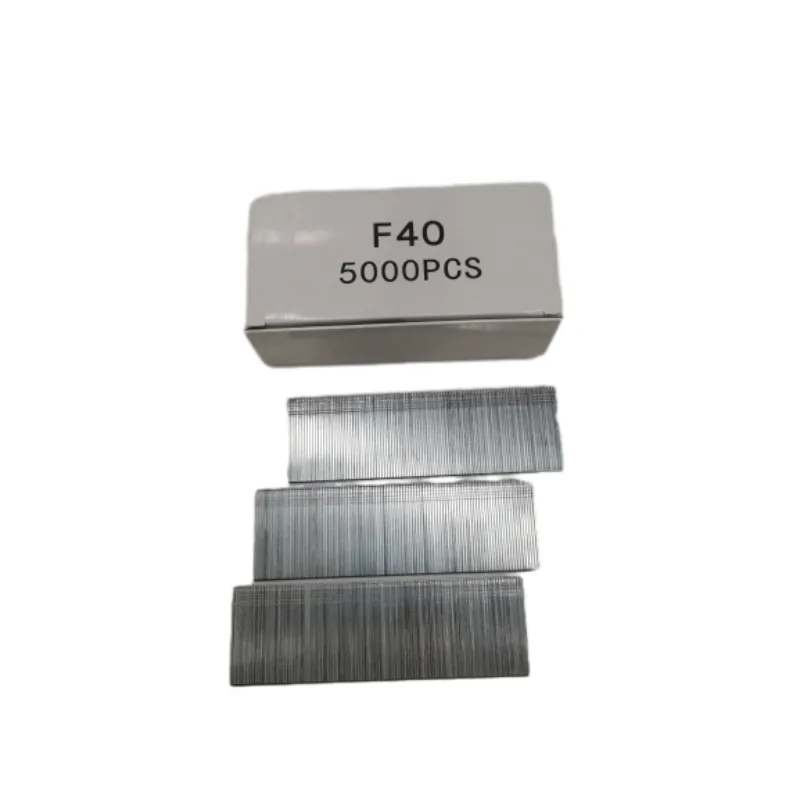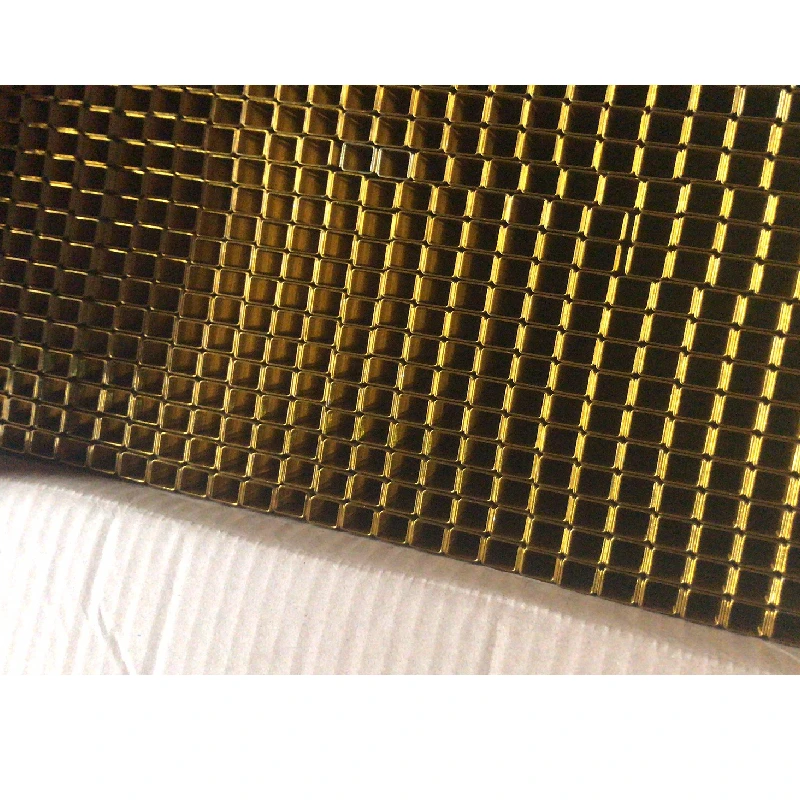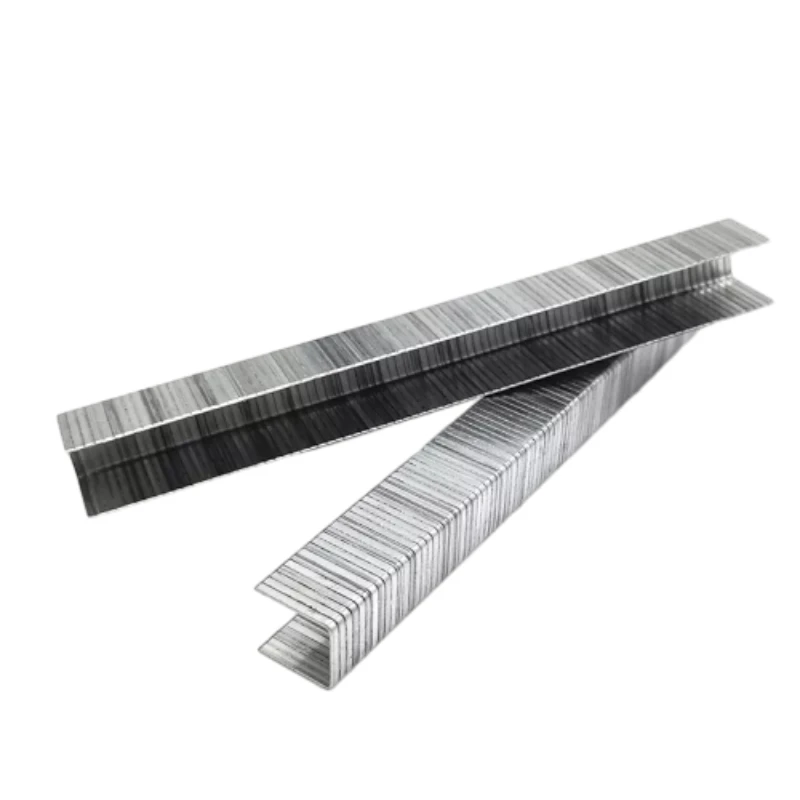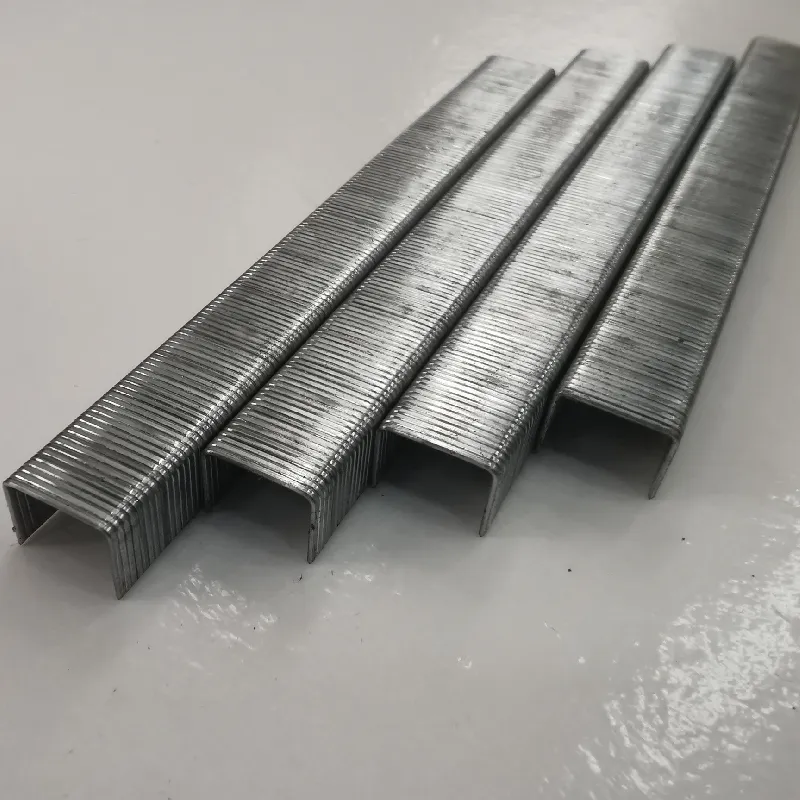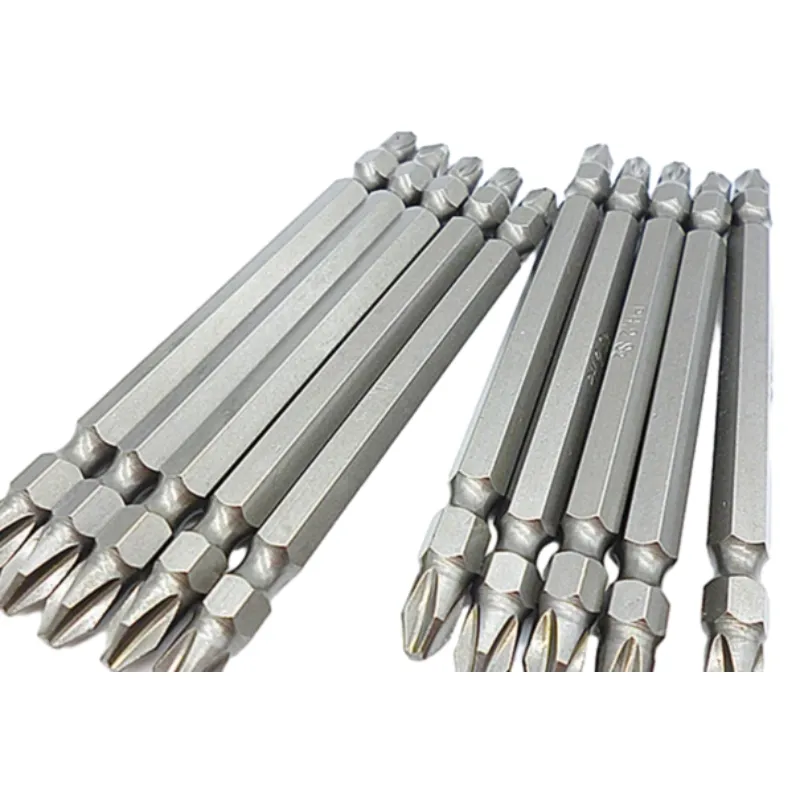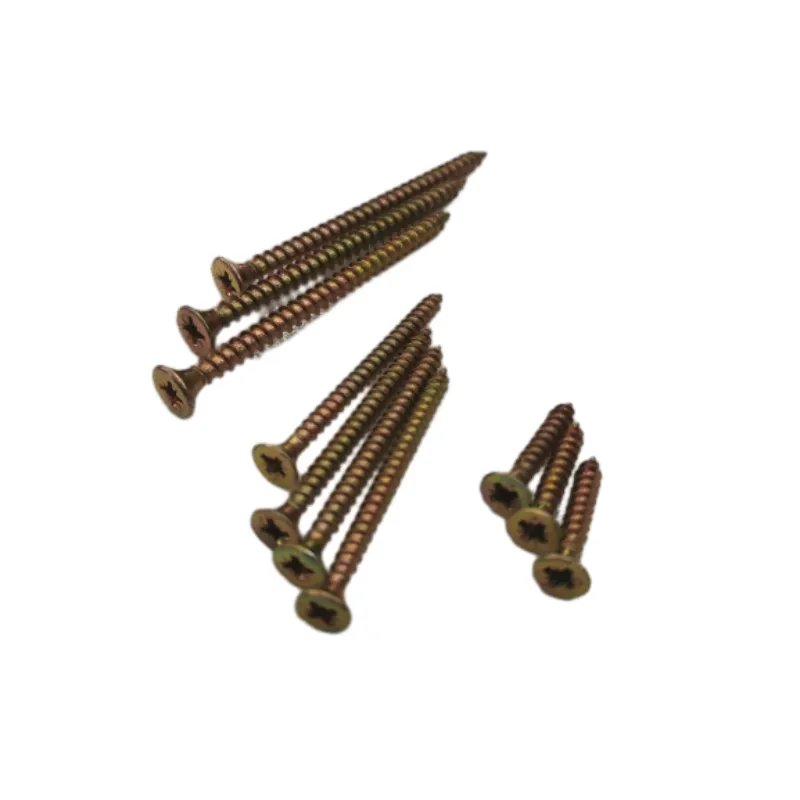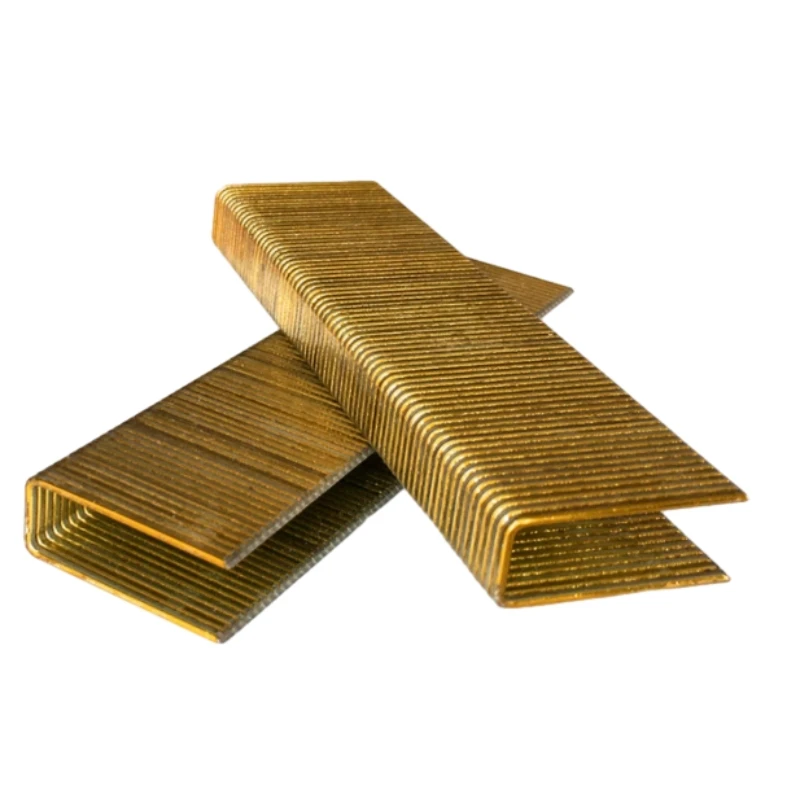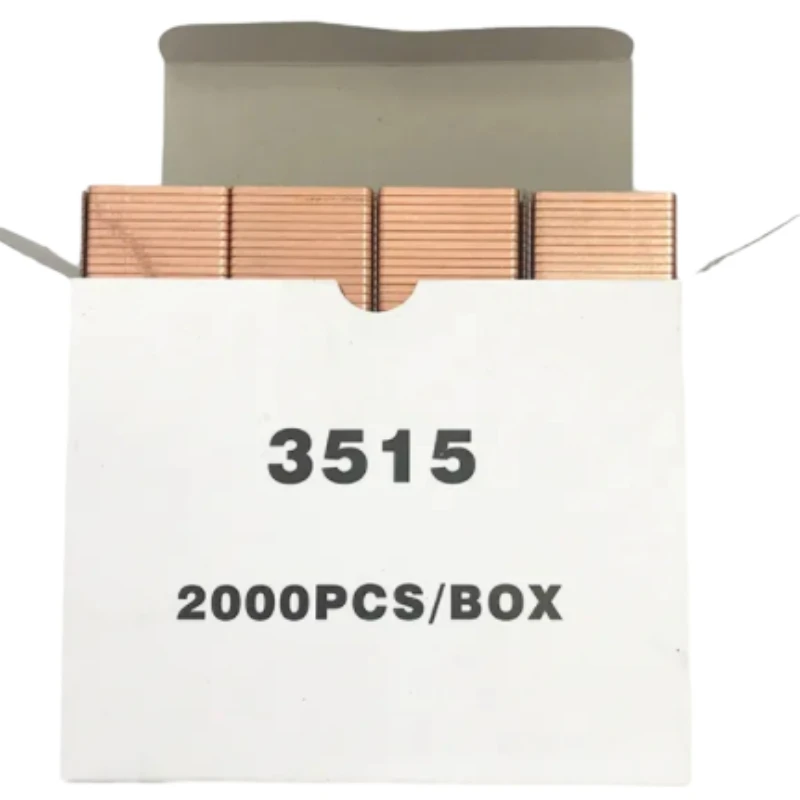Clou F
An F nail is a specific type of nail commonly used in woodworking and construction projects. It is characterized by its slender shaft and relatively small head, designed to provide a secure hold without causing excessive splitting in the wood. The F nail is often used for delicate finish work such as attaching trim, molding, or cabinetry.
One of the advantages of the F nail is its ability to be driven flush or slightly below the wood surface, making it easier to conceal with putty or paint. This nail type is preferred when a clean, smooth finish is required.
In contrast to other nail types, the F nail usually has a thinner gauge, meaning it causes less damage to the material while maintaining adequate holding power. This makes it ideal for projects involving softwoods or thin materials where minimizing splitting is important.
Understanding where to use an F nail versus other nails helps ensure the durability and aesthetics of your woodworking project. Proper nail selection is key to both functionality and appearance.
F Nail Vs T Nail: What Are The Differences?
Comparing F nail vs T nail reveals important distinctions in their design and application. While an F nail is slender with a small head, designed for fine finish work, a T nail features a wider and flatter head shaped somewhat like the letter “T.”
The T nail is typically used where stronger holding power is necessary, especially in framing, flooring, or construction projects requiring more structural support. Its wide head provides better grip and distributes force more evenly, reducing the chance of the nail pulling through the material.
On the other hand, the F nail is chosen for detailed trim or finish work where aesthetics matter, because its smaller head can be easily hidden.
The choice between F type vs T type nails depends largely on the material, project requirements, and whether the nail’s visibility matters. For delicate, finish applications, F nails are ideal, while T nails serve better in structural or heavy-duty contexts.
What Are F & T Nails And How Are They Used Together?
F & T nails refer to two different nail types—F nails and T nails—each suited for specific construction or woodworking needs. Understanding both can help craftsmen select the right fastener for their projects.
Typically, F nails are thinner and used in finish carpentry, such as attaching trim, molding, or cabinetry, where minimizing visible nail heads is essential. Meanwhile, T nails have a broader head and thicker shaft, making them suitable for structural work or heavier materials.
In some projects, both F and T nails may be used in combination: F nails for detailed finish work to achieve a neat look, and T nails where more strength and grip are needed, such as securing base framing or subflooring.
Using the right nail type in the right place ensures both strength and aesthetic quality in woodworking or construction projects.
What Is The Difference Between F Type Vs T Type Nails?
The terms F type vs T type nails describe two distinct nail designs that serve different purposes. An F type nail typically features a thin shaft and small head, optimized for finish work and trim installation. Its small profile helps hide the nail after installation for a smooth surface.
In contrast, a T type nail has a flat, wide head shaped like a “T,” offering superior holding power. The broader head helps resist pull-through and distributes load better, making it ideal for flooring, framing, or other heavy-duty applications.
While F type nails focus on minimal visibility and delicate materials, T type nails prioritize strength and durability. Selecting between these depends on your project’s structural needs and desired finish.
Choosing the appropriate nail type ensures project success, balancing strength, appearance, and durability.














































































































